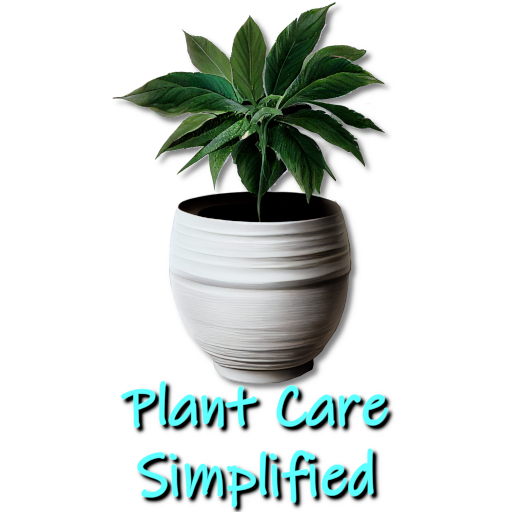Lipstick Plant (Aeschynanthus)
If you are looking for a houseplant that can add a touch of tropical flair to your home, you might want to consider adding a lipstick plant (Aeschynanthus) to your plant collection. This plant is generally renowned for its striking red flowers (although some varieties produce pink and orange blooms) that resemble tubes of lipstick emerging from dark green foliage.
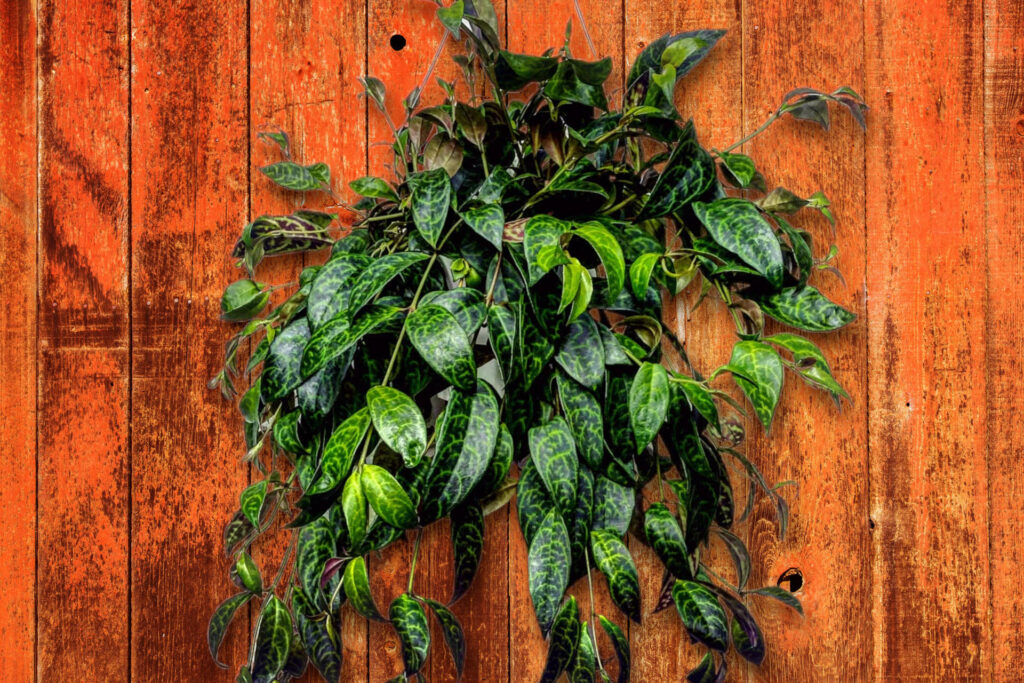
Ultimate Guide to Owning a Lipstick Plant
Lipstick plants are wonderful houseplants that can brighten up your home with their colorful and exotic flowers. They are easy to grow and care for as long as you provide them with enough light, humidity, and water. They are also easy to propagate, and there are various options for doing so. However, like any other plant, they may face some problems from pests and diseases. That is why we have put together a series of articles to act as a go-to resource guide that will help you navigate through choosing, caring and propagating different varieties of these plants and dealing with problems that may arise from pests and or diseases.
In this series of articles, you will learn:
- How to choose the best lipstick plant variety for your home based on your preferences and conditions. We will introduce you to some of the most popular and rare varieties of lipstick plants and explain their characteristics and requirements.
- How to care for your lipstick plant properly to ensure its health and beauty. We will show you how to provide the optimal light, humidity, and water for your plant, as well as how to fertilize, prune, and repot it when necessary.
- How to propagate your lipstick plant easily, multiply your collection or share it with others. We will teach you how to propagate your plant from stem cuttings, leaf cuttings, or seeds and give you tips on how to increase the success rate.
- How to deal with common problems that may affect your lipstick plants, such as pests and diseases. We will help you identify the signs and symptoms of these problems and suggest the best ways to prevent and treat them.
We hope that this series will help you enjoy your lipstick plant more and make it a happy and thriving member of your indoor garden. Stay tuned for our next article on lipstick plant varieties!
Natural Habitat and History as A Popular Houseplant
The lipstick plant is native to the humid forests of Asia, where it grows as an epiphyte on trees or rocks. It is easy to grow and care for as long as you provide it with enough light, humidity, and water.
The lipstick plant belongs to the genus Aeschynanthus, which contains about 180 species (with new Lipstick species still being found) of evergreen subtropical and tropical plants in the family Gesneriaceae. The genus name comes from a contraction of aischuno (to be ashamed) and anthos (flower), ashamed flower possibly referring to the hidden nature of the flowers. The common name lipstick plant comes from the appearance of the developing buds emerging from dark green calyces, which resemble tubes of lipstick.
The lipstick plant was first discovered by European explorers during the 19th century. They were fascinated by its beautiful foliage and unusual flowers. The plant’s vibrant red blooms, which are pollinated by sunbirds in its natural habitat, earned it the name “lipstick plant”. Some species of lipstick plants were introduced to Europe and America as ornamental plants, especially A. longicaulis, A. pulcher, and A. radicans1. These species are valued in temperate climates as houseplants, as they can tolerate low light and dry air conditions4. They are also popular for hanging baskets, as they produce long trailing stems with abundant flowers. The lipstick plant has become one of the most attractive and exotic houseplants in the world.
Lipstick Plant Varieties
Lipstick plants are a diverse group of plants that belong to the genus Aeschynanthus. There are about 150 species of lipstick plants, each with its own unique characteristics and requirements. Lipstick plants are native to the humid forests of Asia, where they grow as epiphytes on trees or rocks. They are valued for their evergreen, thick, and glossy leaves and their tubular flowers that resemble tubes of lipstick. Lipstick plants come in a variety of colors, shapes, and sizes, and some of the most popular and rare varieties are listed below.
Popular lipstick plant varieties
- Mona Lisa: This is one of the most common and widely available lipstick plant varieties. It has dark green, oval-shaped leaves and bright red-orange flowers that emerge from dark green calyces. It is easy to grow and care for and produces abundant blooms in spring and summer. Mona Lisa lipstick plant
- Twister: This is a unique and eye-catching lipstick plant variety that has twisted and curled leaves. The leaves are dark green and pointed, and they form a spiral shape along the stems. The flowers are red and produced singly from the leaf axils. This variety is also known as Curly Q or Rasta. Twister lipstick plant
- Thai Pink: This is a delicate and elegant lipstick plant variety that has heart-shaped, dark green leaves and pale pink flowers. The flowers are slender and long, and they hang gracefully from the stems. This variety is also known as Pink Polka or Pink Cascade. Thai Pink lipstick plant
- Gracilis: This is a tidy and neat lipstick plant variety that has branched vines of equal length. The vines are brownish, and the leaves are light green and oval-shaped. The flowers are red and produced in clusters from the leaf tips. This variety is also known as Scarlet Basket Vine or Red Bugle Vine. Gracilis lipstick plant
Rare lipstick plant varieties
- Haconanthus: This is a rare and exotic lipstick plant variety that has soft and tender vines that trail downwards. The leaves are lanceolate and dark green and have a velvety texture. The flowers are yellow-orange and produced in pairs from the leaf axils. This variety is also known as the Golden Lipstick Plant or Yellow Lipstick Plant. Haconanthus lipstick plant
- Krakau: This is a stunning and striking lipstick plant variety that has lanceolate, shiny, dark green leaves with red margins. The flowers are bright red and produced in clusters from the leaf tips. The flowers have a distinctive shape that resembles a starfish or a spider. This variety is also known as the Starfish Lipstick Plant or Spider Lipstick Plant. [Krakau lipstick plant]
- Mini Variegated: This charming and cute lipstick plant variety has medium-green, ovate leaves spattered with cream spots. The flowers are red-orange and produced singly from the leaf axils. The flowers have a short, stubby shape resembling a button or berry. This variety is also known as the Button Lipstick Plant or Berry Lipstick Plant. [Mini Variegated lipstick plant]
- Variegated Mona Lisa: This beautiful and attractive lipstick plant variety has broad, oval leaves with pinkish-green and cream stripes. The flowers are red-orange and produced in clusters from the leaf tips. The flowers have a long and slender shape that resembles a pencil or a crayon. This variety is sometimes known as the Pencil Lipstick Plant or Crayon Lipstick Plant. [Variegated lipstick plant]
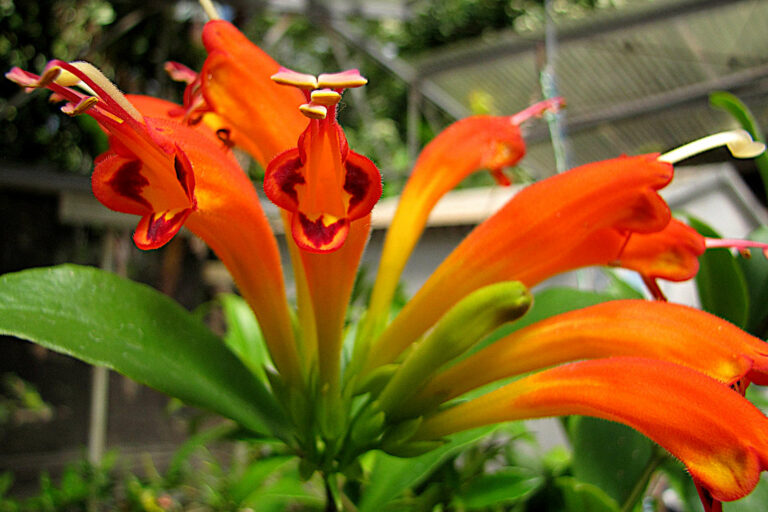
The Aeschynanthus Kinabalu and Other New Lipstick Plant Species Recently Discovered
The genus Aeschynanthus contains over 180 species of tropical plants commonly known as Lipstick plants. These epiphytic plants…
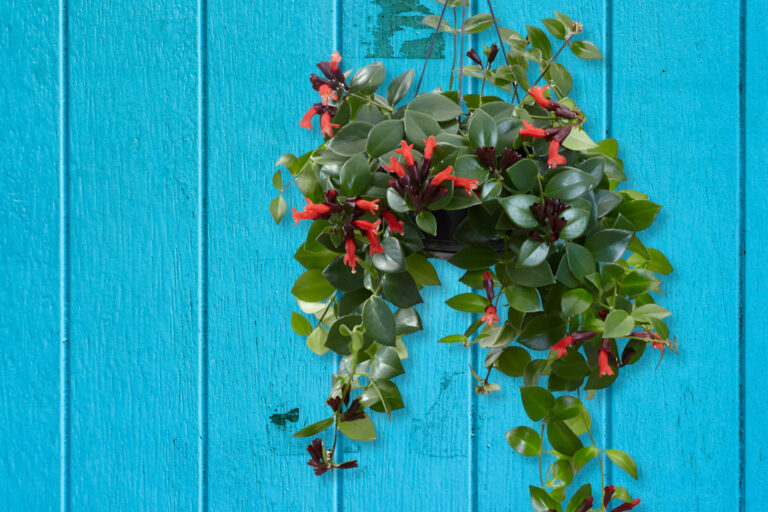
A Guide to The Krakau Lipstick Plant: A Beautiful and Easy-to-Keep Houseplant
The Krakau Lipstick plant (Aeschynanthus radicans Krakau) is an easy-to-grow and visually stunning houseplant that can add vibrancy…
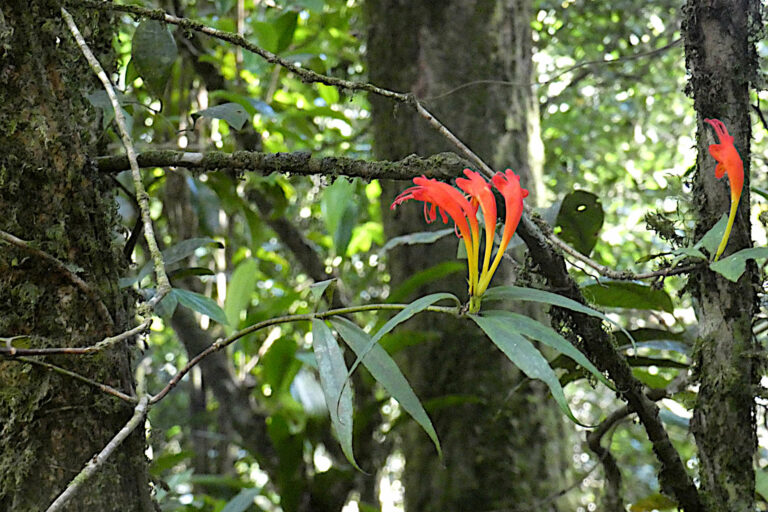
The Showy Lipstick Plant (Aeschynanthus speciosus): A Stunning Addition to Your Home
If you are looking for a low-maintenance plant that can add a splash of color and tropical flair…
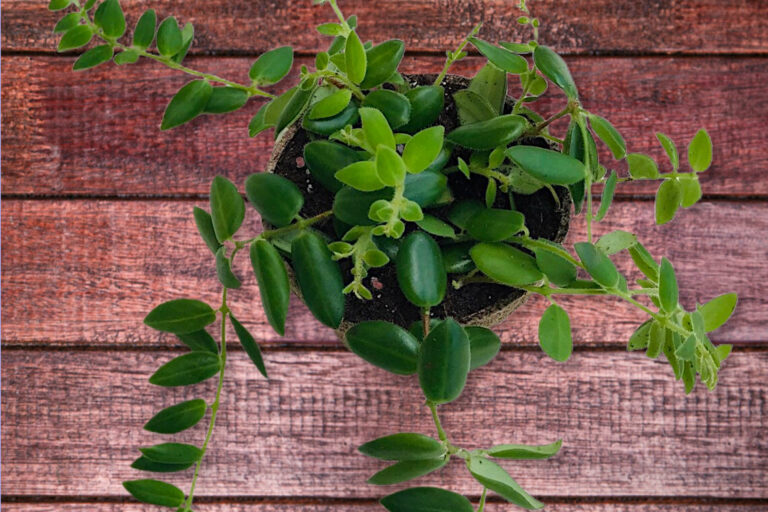
The Gracilis Lipstick Plant: The Perfect Houseplant
The Gracilis Lipstick Plant: The Perfect Houseplant Are you looking for a houseplant that is easy to care…
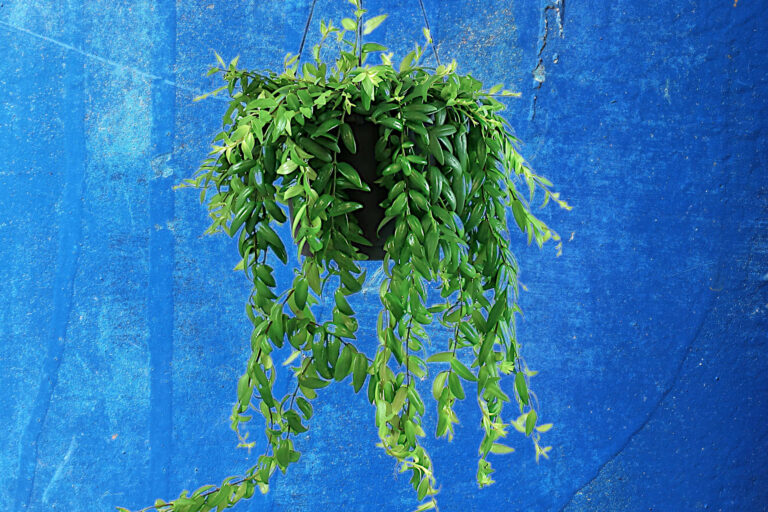
Aeschynanthus Japhrolepis: The Lipstick Plant with a Shameful Secret
The Aeschynanthus Japhrolepis, commonly known as the Lipstick Plant, is a unique variety within the Aeschynanthus genus of tropical plants native to Southeast…
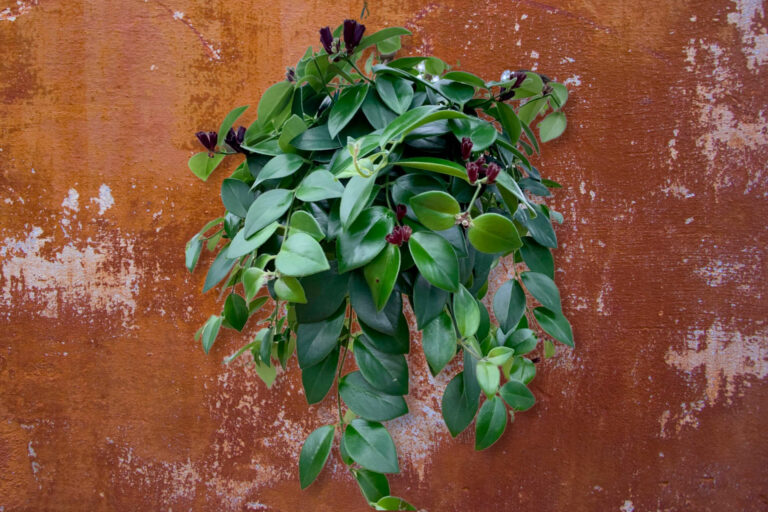
Mona Lisa Lipstick Plant (Aeschynanthus speciosus): The Complete Guide
The Mona Lisa Lipstick Plant (Aeschynanthus speciosus) is a stunning and unique variety of epiphytic plants that makes…
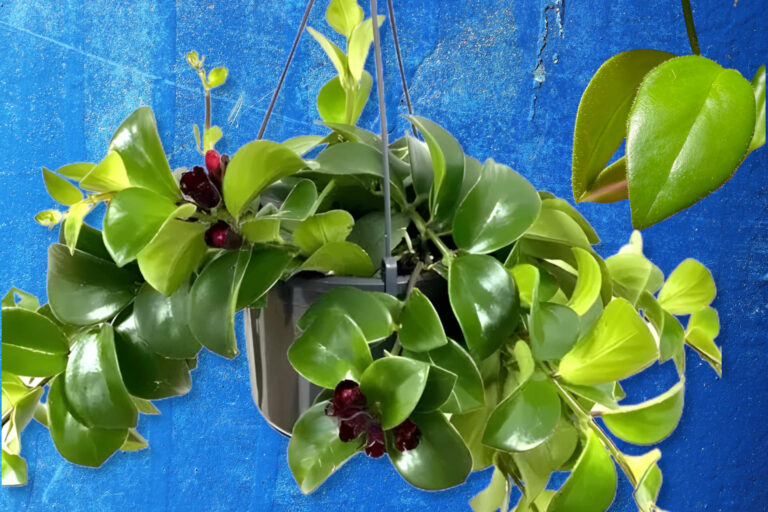
Aeschynanthus evrardii Cassiopeia Lipstick Plant
Aeschynanthus evrardii ‘Cassiopeia’, more commonly known as the Cassiopeia Lipstick plant, is a popular variety of Lipstick Vine,…
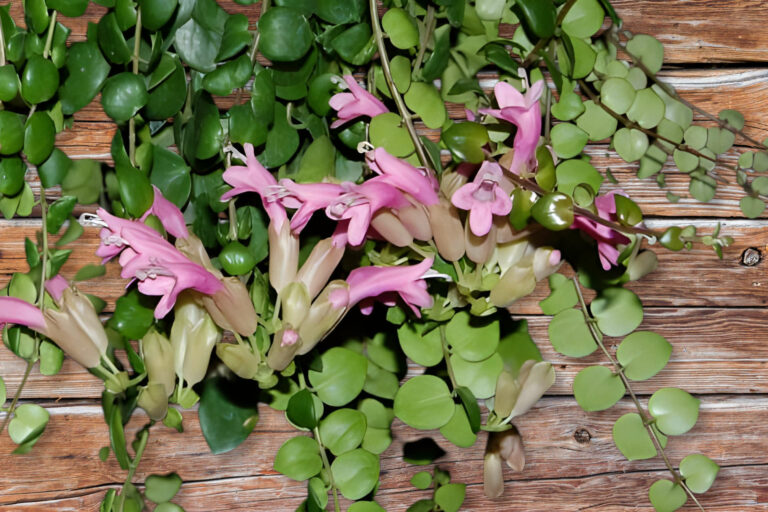
The Unique Thai Pink Lipstick Plant (Aeschynanthus Thai Pink)
The wonderfully unique Thai Pink Lipstick Plant (Aeschynanthus cultivar) is an eye-catching indoor plant known for its cascading…
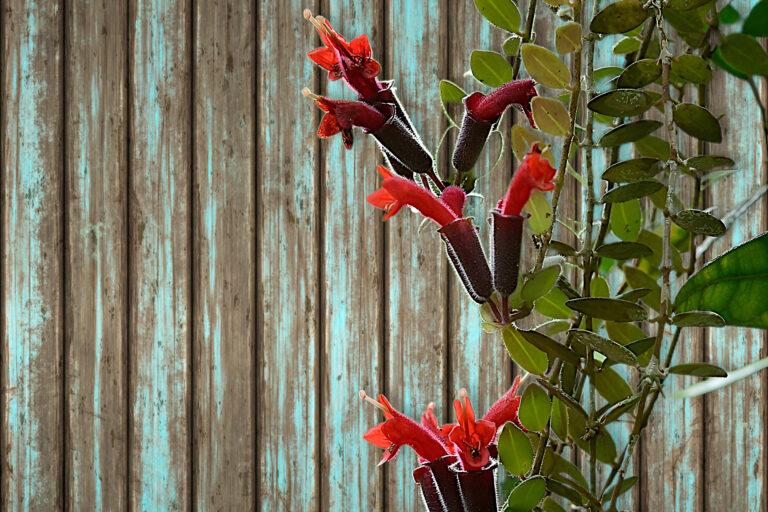
Difference Between Aeschynanthus Pulcher and Aeschynanthus Radican
Aeschynanthus pulcher and Aeschynanthus radicans are both species of lipstick plant. Both plants are popular for their vibrant…
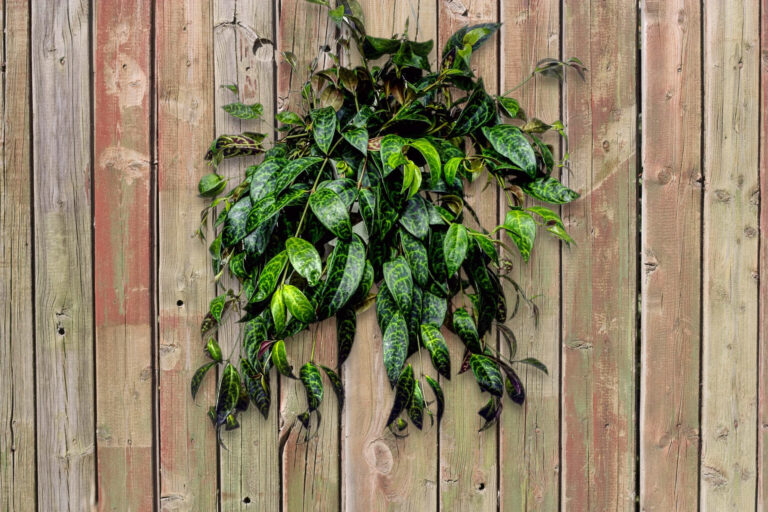
Black Pagoda Lipstick Plant: The Ultimate Guide
If you are looking for a unique and eye-catching houseplant, you might want to consider the visually stunning…
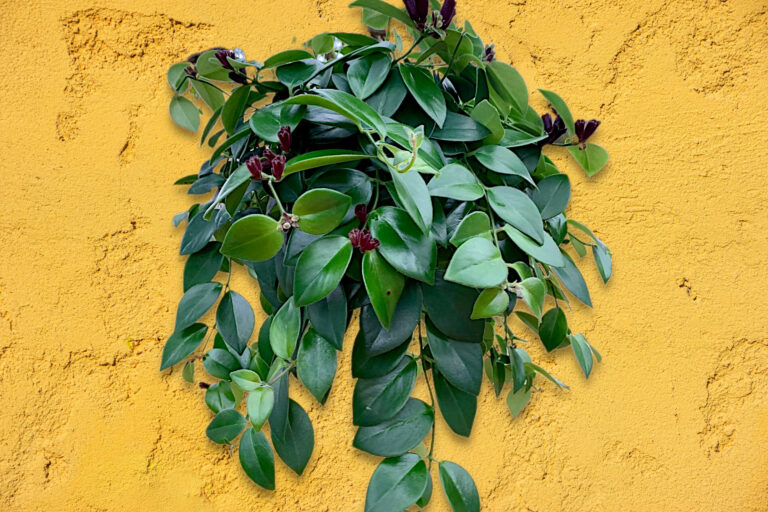
Lipstick Plant Varieties: A Comprehensive Guide
For enthusiasts, selecting from numerous unique lipstick plant varieties can be exciting, as each one offers its own…
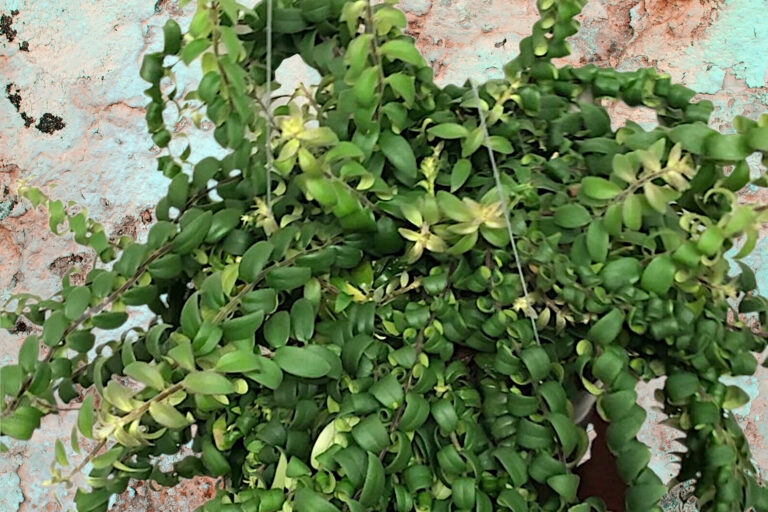
Curly Lipstick Plant: Unraveling the Mystique of The Fascinating Twist
The Aeschynanthus radicans variety, known as Curly Lipstick Plant, is a stunning and unique specimen that brings a…
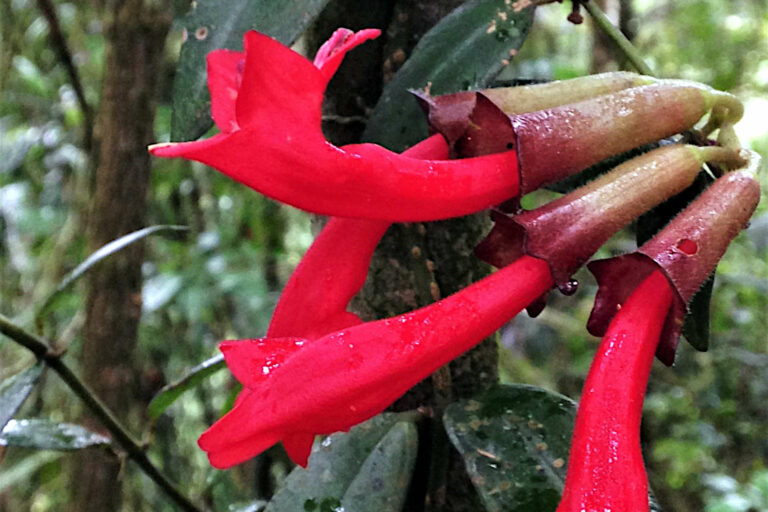
Aeschynanthus Radicans (Lipstick Plant)
The Aeschynanthus Radicans plant, also known as the Lipstick Plant, is one of the most striking tropical plants…
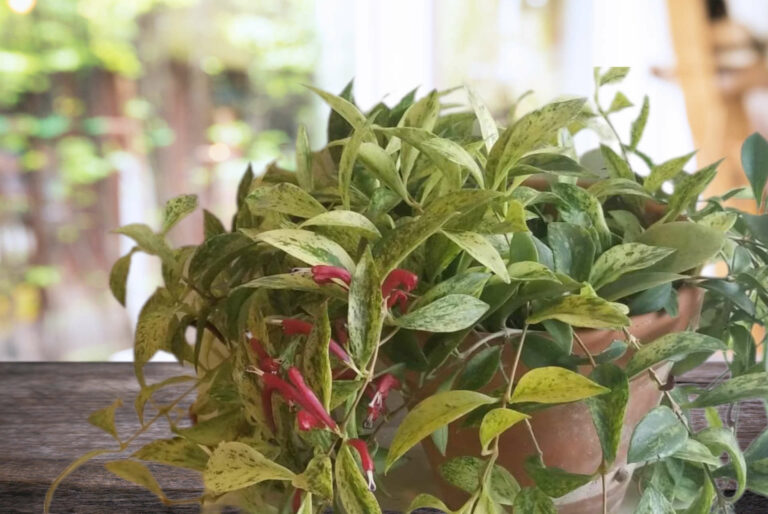
Variegated Lipstick Plant (variegata): An Exotic Addition to Your Indoor Garden
Within the realm of houseplants, the Aeschynanthus radicans ‘Variegata,’ more commonly known as the variegated lipstick plant or…
Lipstick Plant Care
Lipstick plants are easy to look after as long as you provide them with enough light, humidity, and water. These plants are native to the humid forests of Asia, where they receive bright but indirect light, high humidity, and frequent rainfall. To mimic these conditions in your home, you should follow these tips:
- Light: Lipstick plants need bright but indirect light to thrive and bloom. Avoid direct sunlight, as it can scorch the leaves and fade the flowers. A spot near a window with a sheer curtain or a shaded balcony is ideal. You can also use artificial lights, such as fluorescent or LED lamps, to supplement the natural light. Aim for at least 6 hours of light per day.
- Humidity: Lipstick plants love high humidity, as it helps them prevent dehydration and pests. You can increase the humidity around your plant by misting it regularly, placing it on a tray of pebbles and water, or using a humidifier. You can also group your lipstick plant with other tropical plants, as they create their own microclimate of moisture. Aim for a humidity level of at least 50%.
- Water: Lipstick plants need regular watering, but not too much. Overwatering can cause root rot and fungal diseases, while underwatering can cause wilting and leaf drop. The best way to water your lipstick plant is to check the soil moisture before watering. The soil should be slightly moist but not soggy or dry. Water thoroughly until the excess water drains out of the bottom of the pot, and then let the soil dry out slightly before watering again. Reduce watering in winter, when the plant is dormant.
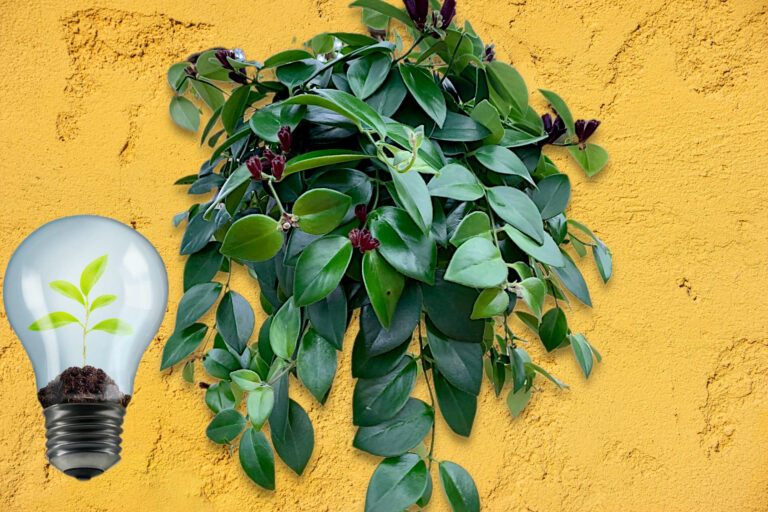
Light Requirements For Lipstick Plants
Understanding the specific light requirements for lipstick plants (genus Aeschynanthus) is essential in order to achieve optimal growth…
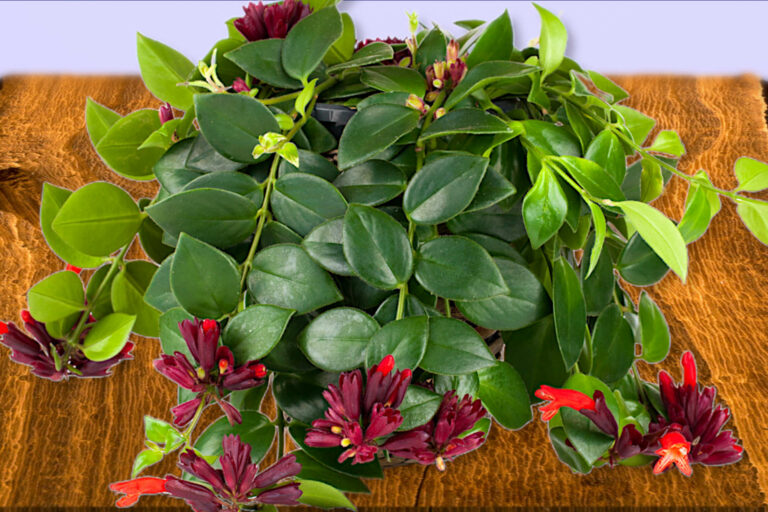
When to Repot Your Lipstick Plant: A Comprehensive Guide
As with any potted plant, knowing when to repot your lipstick plant is an essential aspect of caring…
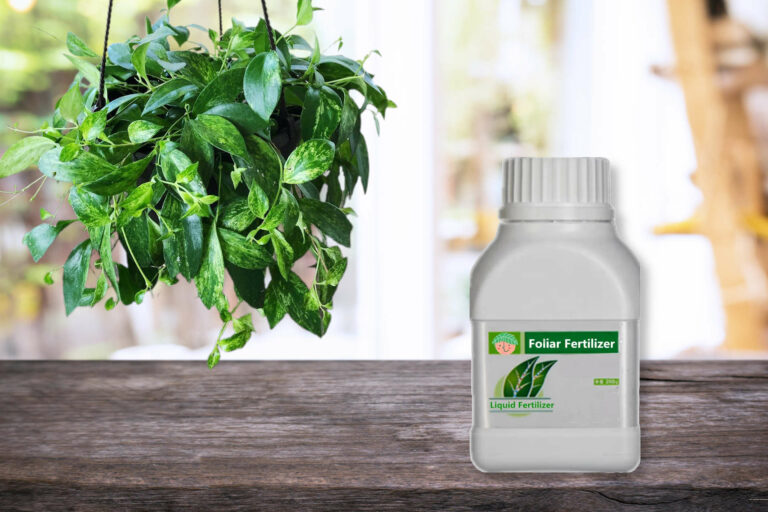
What is the Right Fertilizer to Use for a Lipstick Plant
Like all plants, a Lipstick Plant (Aeschynanthus) requires proper nutrition to grow and thrive. But what is the…
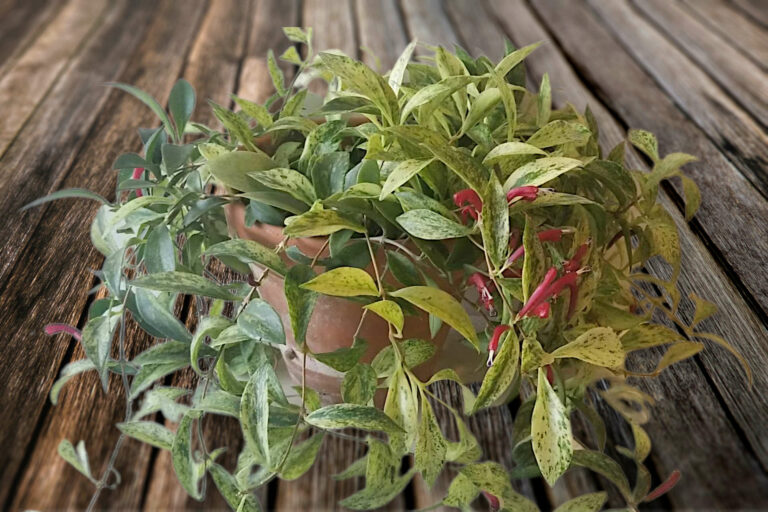
The Best Soil for Lipstick Plant: A Comprehensive Guide
The quality of soil is crucial for the growth and health of plants. Choosing the best soil for…
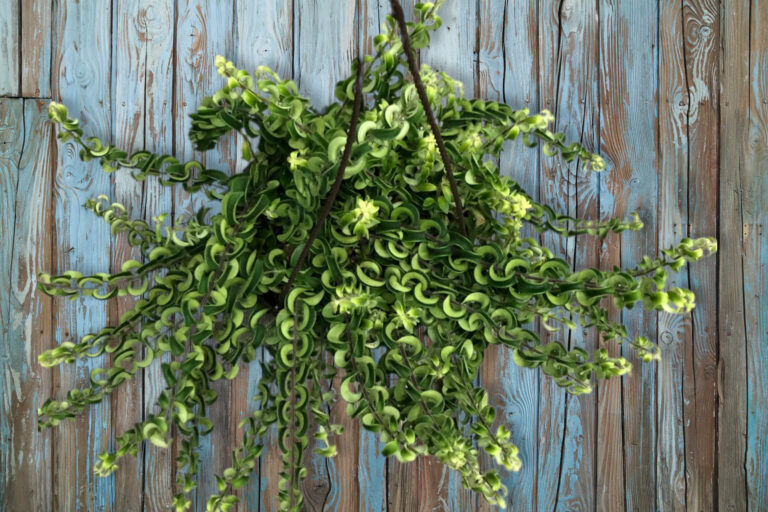
When to Prune a Lipstick Plant
Pruning your Lipstick Plant (Aeschynanthus radicans) isn’t just about keeping it aesthetically pleasing. It’s also about promoting healthy…
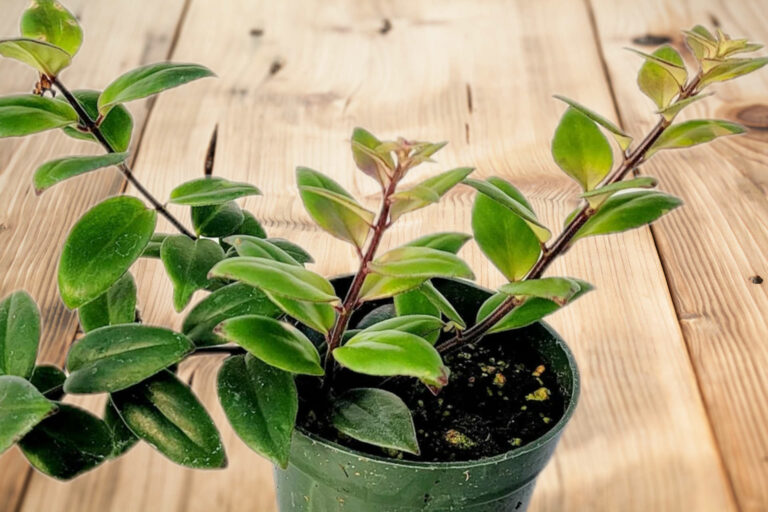
Nurturing and Caring for Your Lipstick Plant (Aeschynanthus): The Key to Vibrant Blooms
To achieve lush foliage and vibrant blooms, properly caring for your lipstick plant (aeschynanthus), is essential, is essential….
Propagation and Growing a Lipstick Plant
Lipstick plants are easy to propagate, and there are various options for doing so. You can propagate your lipstick plant from stem cuttings, leaf cuttings, or seeds. Each method has its own advantages and disadvantages, and you can choose the one that suits your preference and the availability of materials. Here is a brief overview of each method:
- Stem cuttings: This is the most common and reliable method of propagating lipstick plants. You can take stem cuttings from healthy and mature plants, preferably after they have finished blooming. Cut a 4 to 6-inch long stem with at least 3 to 4 nodes and remove the lower leaves. Dip the cut end in rooting hormone and insert it into a pot of moist, well-draining soil. Keep the soil moist but not soggy, and place the pot in a warm and bright spot. The stem should root in 4 to 6 weeks, and you can transplant it to a larger pot once it has developed enough roots.
- Leaf cuttings: This is another easy method of propagating lipstick plants, especially for variegated varieties. You can take leaf cuttings from healthy and mature plants, preferably from the tip of the stems. Cut a leaf with a short piece of stem attached and remove any flowers or buds. Dip the cut end in rooting hormone and insert it into a pot of moist, well-draining soil. Keep the soil moist but not soggy, and place the pot in a warm and bright spot. The leaf should root in 4 to 6 weeks, and you can transplant it to a larger pot once it has developed enough roots.
- Seeds: This is the least common and most difficult method of propagating lipstick plants, as the seeds are very small and hard to germinate. You can collect seeds from ripe fruits that fall off the plant or buy them from reputable sources. Sow the seeds on the surface of a pot of moist, well-draining soil and cover them lightly with vermiculite or perlite. Keep the soil moist but not soggy, and place the pot in a warm and bright spot. The seeds should germinate in 2 to 4 weeks, and you can transplant them to individual pots once they have developed enough roots.
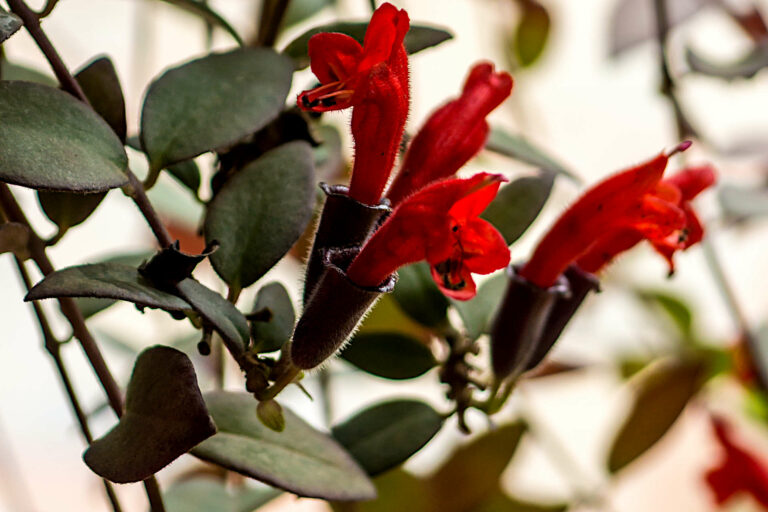
Training Lipstick Plants to Climb
With their trailing vines of colorful tubular blooms, lipstick plants (Aeschynanthus) have become popular houseplants typically displayed in…
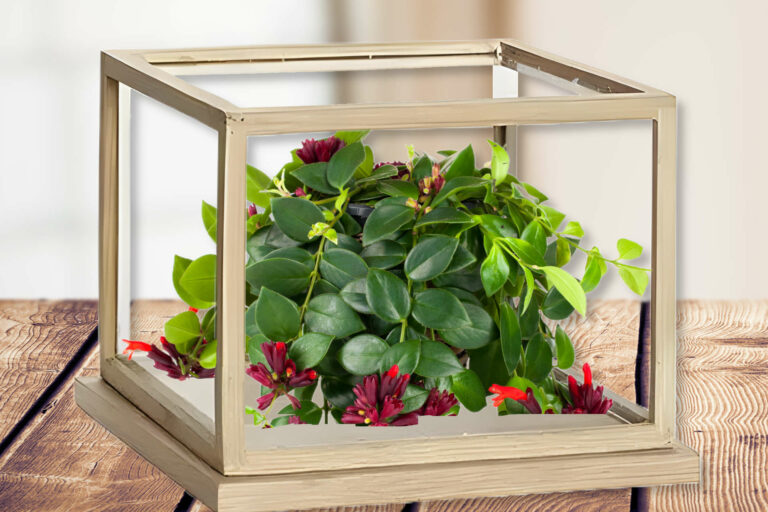
Growing Lipstick Plants in Terrariums
With their showy foliage and bright blooms, lipstick plants are excellent choices for terrarium growing. These epiphytic plants…
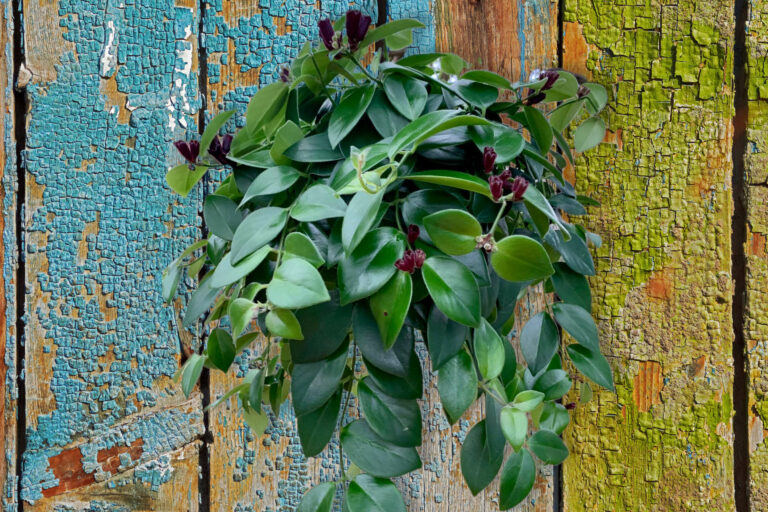
Growing a Lipstick Plant from Seed
The Appeal of Growing Lipstick Plants from Seeds Growing a lipstick plant from seed can be a rewarding…
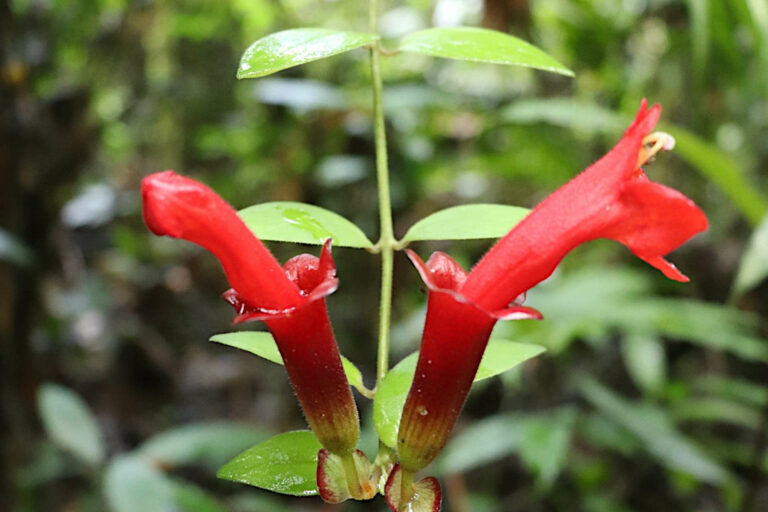
Can a Lipstick Plant Go Outside
The Lipstick Plant (Aeschynanthus radicans) is a visually striking houseplant known for its colorful blooms, so the question…
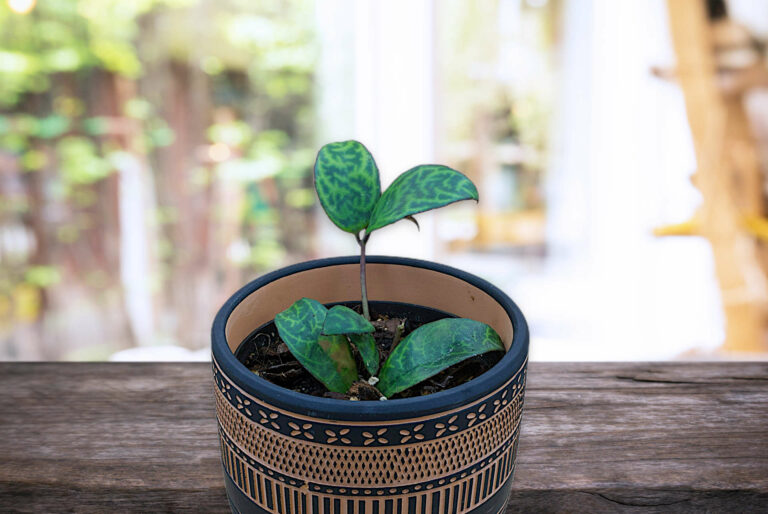
Lipstick Plant Propagation: A Comprehensive Guide
Lipstick plant propagation should be essential to your Aeschynanthus Radican plant care management. It has several benefits for…
Potential Issues that Can Affect Lipstick Plants
Lipstick plants are generally easy to grow and care for, but they may face some issues from pests and diseases. Here are some of the common problems that can affect your lipstick plant and how to prevent or treat them:
- Pests: Lipstick plants may attract aphids, mealybugs, and mites, which can suck the sap from the leaves and stems and cause damage or disease. You can prevent these pests by keeping your plant healthy and well-watered and by inspecting it regularly for signs of infestation. If you notice any pests, you can treat them by spraying your plant with a solution of water and mild soap or by using a horticultural oil or insecticidal soap. You can also remove them manually with a cotton swab dipped in alcohol or by washing them off with water.
- Diseases: Lipstick plants may suffer from fungal diseases such as botrytis blight and leaf spots, which can cause brown spots, wilting, or rotting of the leaves and flowers. These diseases are usually caused by excess moisture on the plant surface or in the soil or by poor air circulation. You can prevent these diseases by watering your plant from below, avoiding wetting the leaves and flowers, and providing good drainage and ventilation. You can also remove any affected parts and dispose of them properly. If the disease is severe, you may need to use a fungicide to treat your plant.
- Other issues: Lipstick plants may also experience other issues such as leaf drop, yellowing leaves, or poor flowering. These issues are usually caused by environmental factors such as low light, low humidity, temperature fluctuations, or nutrient deficiencies. You can solve these issues by adjusting the conditions to suit your plant’s needs, such as providing more light, increasing humidity, maintaining a stable temperature, or fertilizing your plant regularly. You can also prune your plant to remove any dead or damaged parts and to promote new growth and flowering.
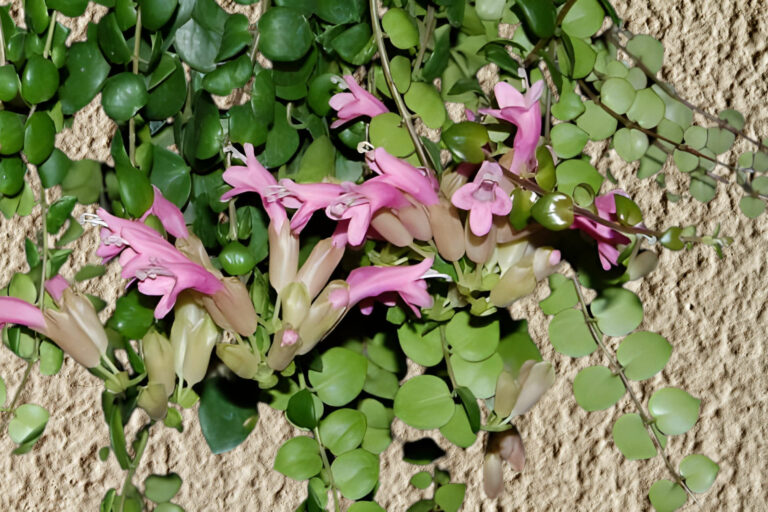
Are Lipstick Plants Toxic?
Lipstick plants are not considered toxic to either humans or pets1, so there is little danger of your…
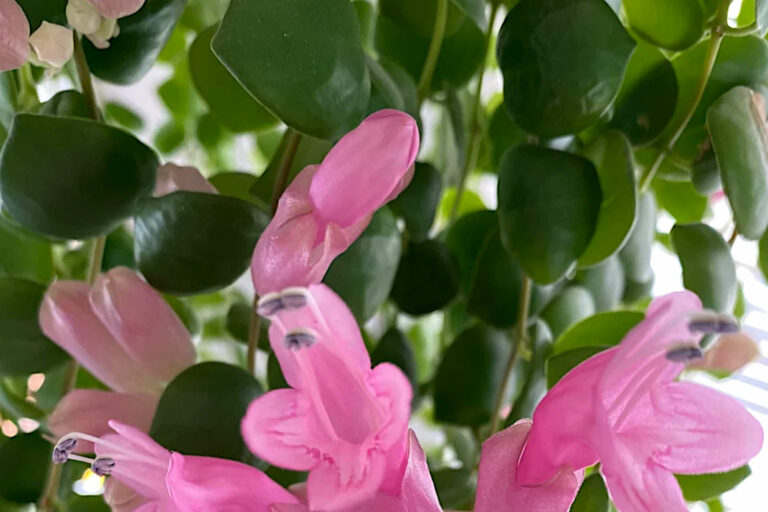
Why Isn’t My Lipstick Plant Flowering?
Many lipstick plant (Aeschynanthus species) owners struggle to get their plants to flower consistently indoors and are consequently often asked…
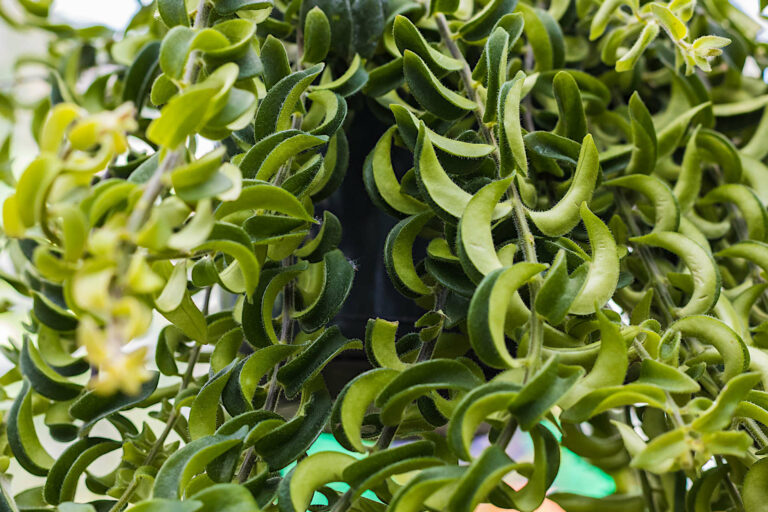
Common Pests and Diseases Affecting Lipstick Plants
As with many plants, there are various common pests and diseases affecting lipstick plants that can impact their…
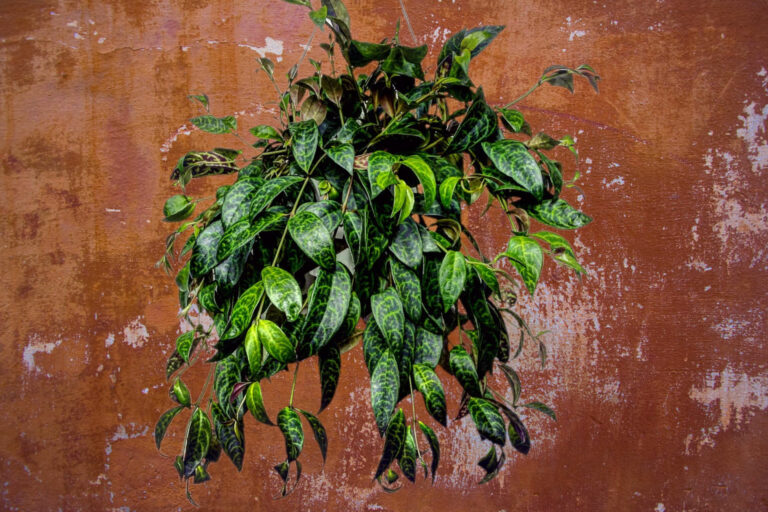
Why Does My Lipstick Plant Keep Dropping Leaves?
Why Does My Lipstick Plant Keep Dropping Leaves? From a reader in Easton, PA. We recently received a…
Benefits of Owning a Lipstick Plant
Lipstick plants are not only beautiful and exotic, but they also have many benefits for you and your home. Here are some of the benefits of owning a lipstick plant:
- Design: Lipstick plants can add a touch of tropical flair to your home with their colorful and unusual flowers. They can brighten up any space with their vibrant red, pink, orange, or yellow blooms that contrast with their dark green foliage. They are also versatile and can be grown in different ways, such as in hanging baskets, pots, or trellises. They can create a focal point in your living room, bedroom, bathroom, or kitchen, or complement your existing decor.
- Health: Lipstick plants can improve your health by purifying the air and reducing stress. They can filter out harmful toxins and pollutants from the air, such as formaldehyde, benzene, and xylene. They can also increase the humidity level in your home, which can help prevent dry skin, throat, and nose. Moreover, they can reduce your stress and anxiety by providing a soothing and relaxing effect. Studies have shown that having plants in your home can lower your blood pressure, heart rate, and cortisol levels.
- Hobby: Lipstick plants can provide you with a rewarding and enjoyable hobby. They are easy to grow and care for, as long as you provide them with enough light, humidity, and water. They are also easy to propagate and there are various options for doing so. You can multiply your collection or share it with others by taking stem cuttings, leaf cuttings, or seeds. You can also experiment with different varieties of lipstick plants, each with its own unique characteristics and requirements. You can learn more about these plants and their history, culture, and care.
As you can see, lipstick plants are more than just pretty flowers. They are also beneficial for your home, health, and happiness. If you are looking for a houseplant that can offer you these benefits and more, you might want to consider the lipstick plant.
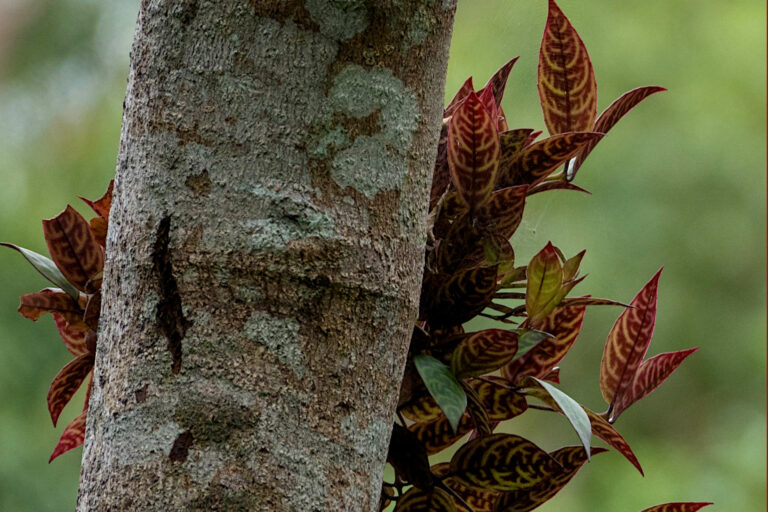
The Origins and History of the Lipstick Plant: From Southeast Asia to Your Home
The Lipstick plant (Aeschynanthus) is a stunning tropical plant that adorns many a house or living space in…
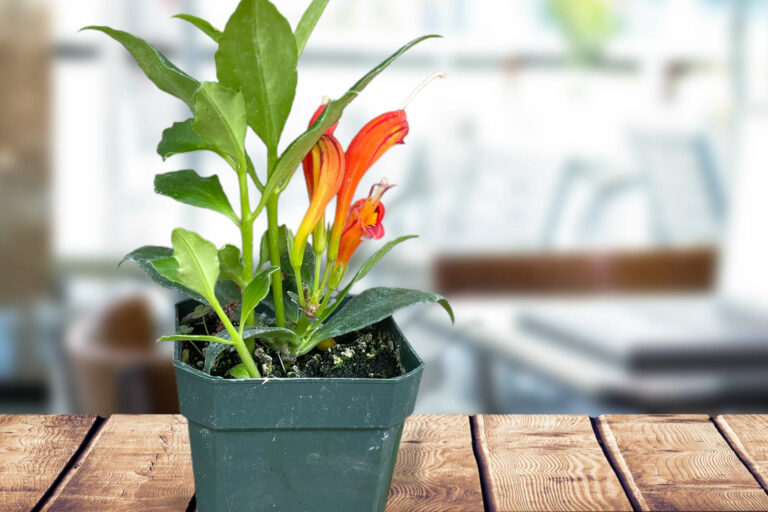
What Is the Average Lifespan of A Lipstick Plant?
How long will my Lipstick plant last is one of the most common questions that we are asked…
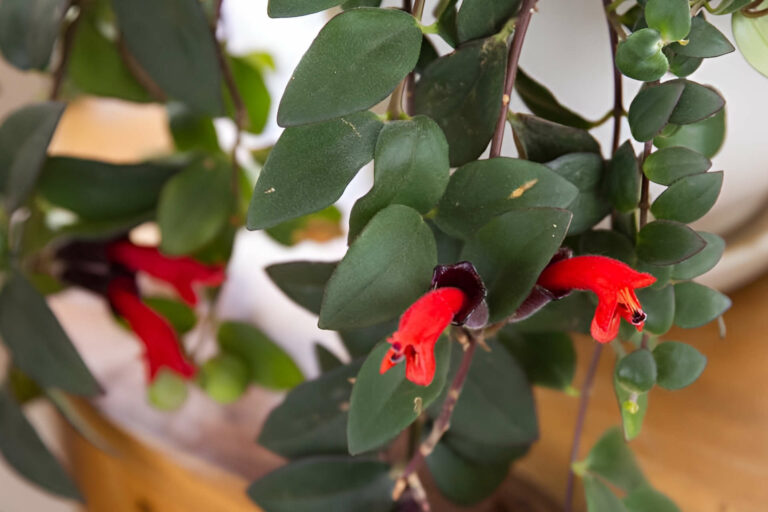
Benefits of Owning a Lipstick Plant
The benefits of owning a lipstick plant (Aeschynanthus radicans) are many. They have a number of advantageous attributes…
